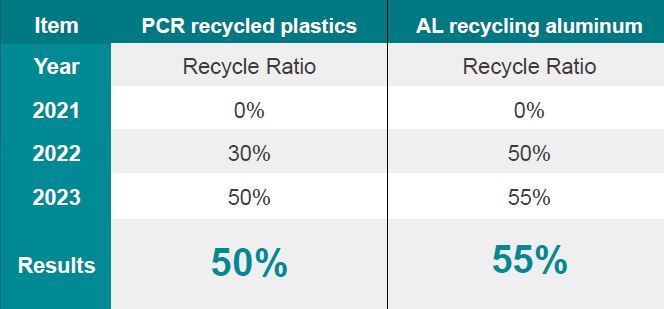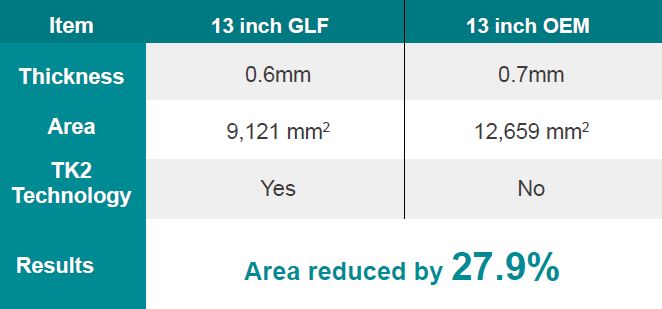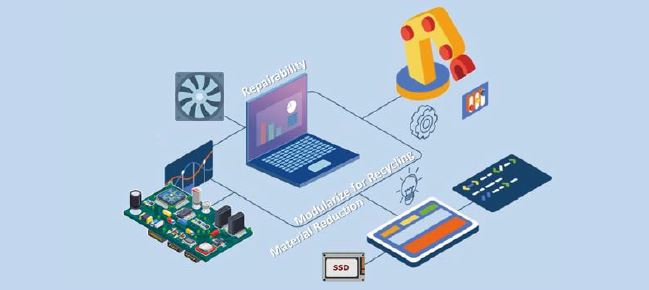【Green Products】Manual Inventory Time Reduced by 80% with "Product Carbon Footprint System" to Realize Automatic Calculation
Therefore, Wistron developed the "Product Carbon Footprint System" in 2022 to connect with the internal system to automatically obtain product information. It includes component information from product BOM and carbon emission data in the manufacturing process, etc. Then, the LCA database is combined with it for automatic calculation. The system has the characteristics of Simplified LCA, which can quickly produce the carbon footprint of the product, and it is expected to reduce 80% of manual work time. In addition, Wistron can quickly increase product LCA coverage through the system. Developers are assisted to understand the carbon emissions and carbon emission hotspots of various parts and materials. It facilitates the selection of materials or further cooperation with our suppliers for carbon reduction. Therefore, it has become a powerful auxiliary tool for low-carbon and green product development.
Implementation of three actions for innovative design of green products
The following explains how Wistron implements the innovative design of green product in the stage of product life cycle. It includes the development and the selection of new environmentally friendly materials, the introduction of new process technology, and the emphasis on its detachable maintainability. In addition, Wistron has established a long-term cooperative relationship with the suppliers who use green electricity because the traditional manufacturing process consumes a lot of electricity. From the design and development stage, incorporating recycling formulas and using low-carbon recycled materials in the production of casings, while also utilizing efficient manufacturing processes to reduce carbon emissions.
Design stage
Recycled Materials
In 2022, we successfully introduced high-recycled plastic (30% PCR) and aluminum (50% Recycle AL) into materials with the continuous testing and optimization of material and structural design by the R&D team. It is expected to increase to 50% of plastic recycled by PCR and 55% of aluminum recycled by AL, which will greatly reduce the carbon emissions of products in 2023.

Manufacturing Stage
Reduction in size
PCB (printed circuit boards) are found to be the parts of high-carbon emission according to the carbon-emission hotspots of the process analyzed by the product carbon footprint. We cooperate with Intel to introduce TK2 advanced process technology in order to effectively reduce the carbon footprint of products. It can place more parts in the smallest area, and successfully reduce the size of the 13-inch notebook PCB by 27.9%, thereby simultaneously reducing the carbon footprint.

Disposal Stage
Automatic Disassembly
Wistron's biggest challenge in green design in 2022 was to improve the automatic replacement of laptop components. The reason was that it was necessary to overthrow the old design, introduce design thinking in a new way, and incorporate the consideration of automatic disassembly and assembly of robots. The successful design of GLF depends on the efforts of the R&D team. The disassembly and assembly operation time is greatly reduced through the modular design, and the generation of electronic waste is also reduced.






